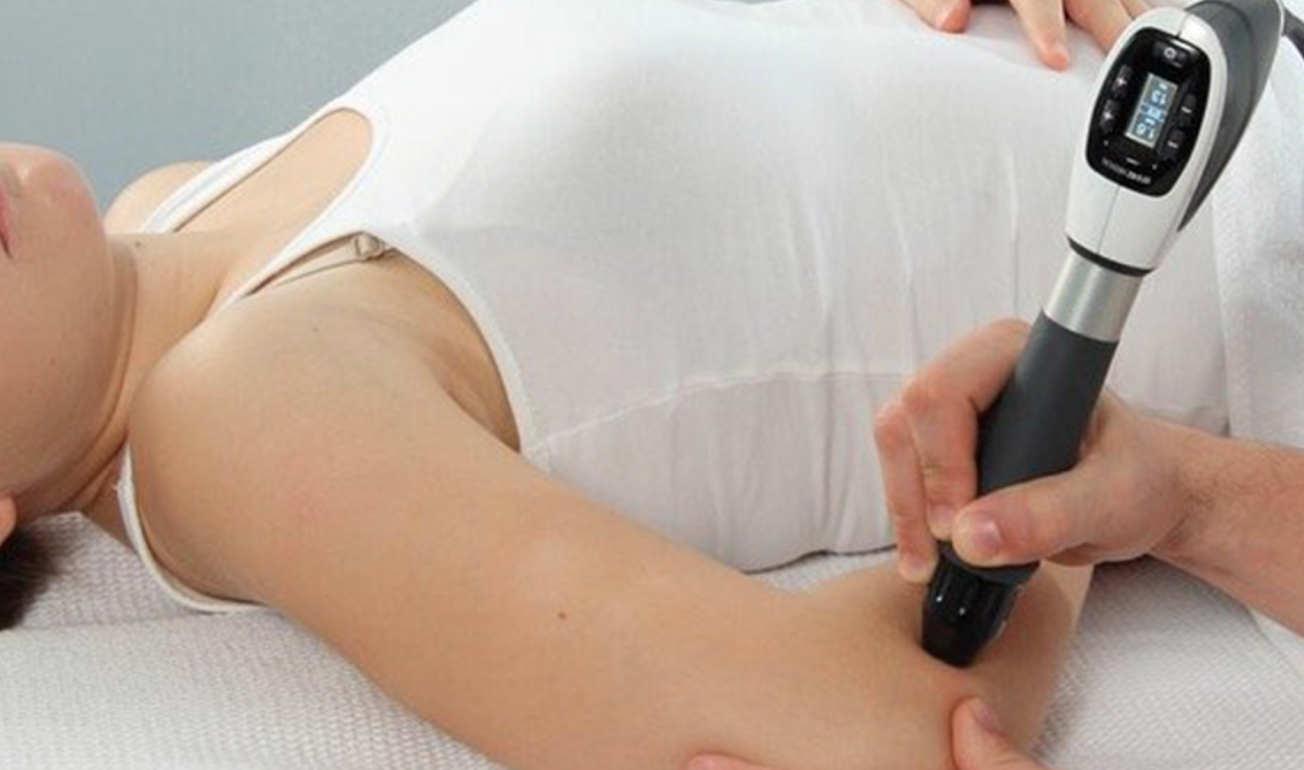Unraveling Shockwave Therapy Effectiveness
Introduction
In recent years, medical advancements have led to the development of innovative treatments for various conditions, and one such treatment gaining popularity is Shockwave Therapy. This non-invasive procedure has shown promising results in addressing a range of musculoskeletal and vascular issues. More and more chiropractors have started using shockwaves in their practice. In this article, we will delve into the effectiveness of Shockwave Therapy and explore how it can be a viable treatment option for specific conditions.
What is Shockwave Therapy
Shockwave Therapy, also known as Extracorporeal Shock Wave Therapy (ESWT), is a medical technique that employs acoustic waves to treat different health conditions. These waves, also known as shockwaves, are high-energy sound waves generated by a device and precisely targeted to the affected area.
How Does Shockwave Therapy Work?
It works by stimulating the body’s natural healing mechanisms. When the shockwaves interact with the affected tissues, they trigger various effects.
- Reduce pain
- improve blood flow
- improve tissue regeneration
- increase metabolism
- stimulate the growth of New Blood Vessels
- break down Calcium Deposits
The Types of Shockwave
Focused and radial shockwave therapies are two types of shockwave used in medical applications. Focused shockwave therapy targets specific areas and is used for kidney stones and musculoskeletal issues, while radial shockwave therapy disperses shockwaves and treats tendinopathies, cellulite, and trigger points. Both types stimulate the body’s natural healing process and provide relief for various medical conditions.
Conditions Treated with Shockwave Therapy
- Plantar Fasciitis
- Tendinitis – Achilles Tendinitis, Rotator Cuff Tendinitis, and Tennis Elbow (Lateral Epicondylitis)
- Calcific Shoulder Tendinopathy
- Stress Fractures
- Hip Bursitis
- Patellar Tendinopathy
- Myofascial Trigger Points
Shockwave Therapy Procedure
Pre-treatment Preparation
Before undergoing Shockwave Therapy, patients may need to provide relevant medical history and undergo a physical examination to ensure the suitability of the treatment.
The Shockwave Session
During the session, the patient is positioned comfortably, and the device’s applicator is placed on the target area. The shockwaves are then applied with precision to the affected tissues.
Post-treatment Care
Following the treatment, patients may be advised on specific post-treatment care, including rest, ice application, and avoiding certain activities for optimal recovery.
Effectiveness of Shockwave Therapy
Scientific Evidence
Numerous clinical studies have been conducted to evaluate the effectiveness of Shockwave Therapy. Research has shown promising results for various conditions, with many patients experiencing significant pain reduction and improved function.
Benefits and Advantages of Shockwave Therapy
Non-Invasive Treatment
One of the significant advantages of Shockwave Therapy is that it is non-invasive, meaning it does not require surgical incisions or injections.
Speedy Recovery
Compared to surgical procedures, Shockwave Therapy typically involves shorter recovery periods, allowing patients to resume their daily activities more quickly.
Minimal Side Effects
Shockwave Therapy is generally well-tolerated, and most patients experience only mild side effects, such as temporary soreness or redness at the treatment site.
Potential Risks and Side Effects
Shockwave Therapy may cause mild discomfort during the session, but it is usually temporary and well-managed. Rare complications such as bruising, swelling, skin irritation, or nerve-related issues may occur, but they tend to subside quickly or resolve on their own.
Shockwave Therapy vs. Other Treatments
Comparing with Surgery
Shockwave Therapy provides a non-surgical alternative for certain conditions, reducing the risks and recovery time associated with invasive procedures.
Contrasting with Medications
Unlike medication-based treatments, Shockwave Therapy addresses the root cause of the problem, leading to more sustainable and long-lasting results.
Conclusion
Shockwave Therapy has emerged as a promising and effective treatment option for various musculoskeletal and vascular conditions. With its non-invasive nature, minimal side effects, and potential for speedy recovery, many individuals have found relief through this innovative procedure. Chiropractors at Kings Park Chiropractic Clinic have engaged shockwave into chiropractic care for certain conditions. However, as with any medical treatment, it is crucial to consult with your chiropractor to determine the suitability of Shockwave Therapy for specific conditions.
FAQs
- Is Shockwave Therapy painful? It is generally well-tolerated, and patients may experience mild discomfort during the procedure, but it is not usually painful.
- How many sessions of Shockwave Therapy are typically required? The number of sessions required may vary depending on the specific condition being treated. In some cases, significant improvement may be observed after just a few sessions, while others may require additional treatments.
- Are there any risks associated with Shockwave Therapy? It is considered safe, and serious complications are rare. However, some patients may experience mild side effects, such as temporary soreness or redness at the treatment site.
- Can Shockwave Therapy be used for chronic conditions? Yes, it has shown effectiveness in treating chronic conditions like Plantar Fasciitis and Tennis Elbow. It can help alleviate long-term pain and discomfort associated with these conditions.
- Is Shockwave Therapy suitable for everyone? It may not be suitable for individuals with certain medical conditions or those who are pregnant. It is essential to consult with a healthcare provider to determine eligibility for the treatment.

